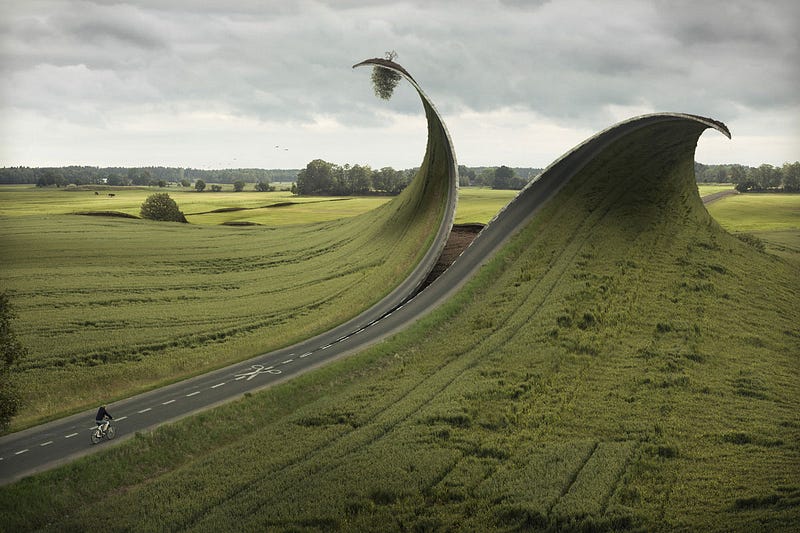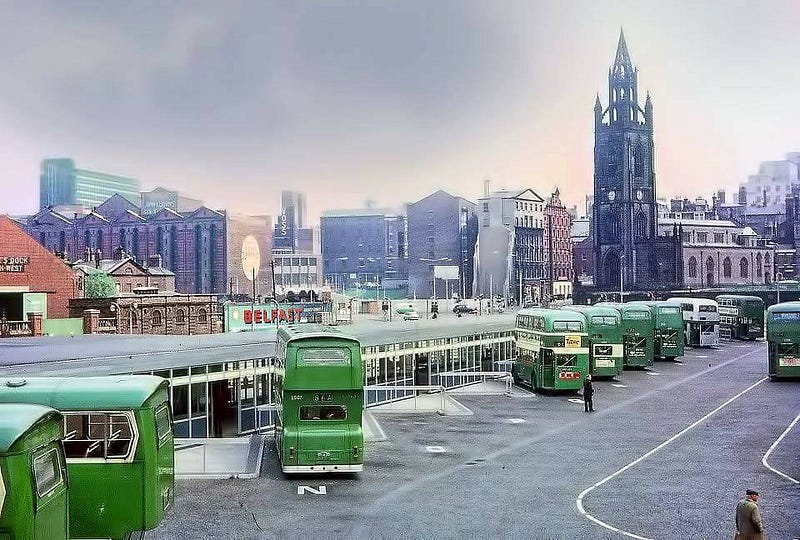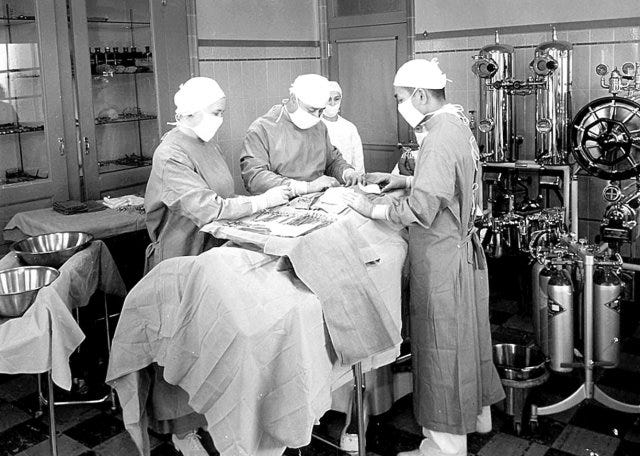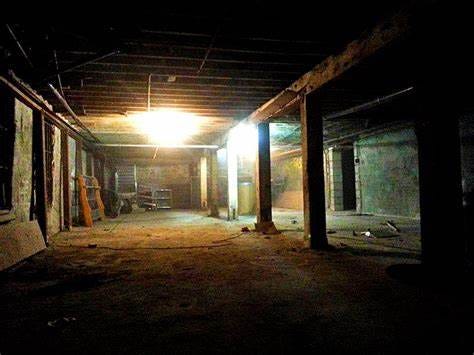Exploring Time Slips: Glimpses into Alternate Moments
Written on
Chapter 1: The Concept of Time Slips
What if I told you that while casually walking down the street, hiking through a forest, or even riding an elevator, you could find yourself witnessing the same location but at a different moment in time? This idea might seem like something from a science fiction novel or a trendy television series, yet there are individuals who assert they have encountered such occurrences in their everyday lives.
These phenomena are often referred to as time slips or time anomalies. They can strike anyone, at any location, and at any moment. The foundation of this concept is rooted in quantum physics, which suggests that all moments in time exist simultaneously, and our experience is merely a sliver of that vast tapestry. In this section, we will delve into the stories of three individuals who share their encounters with these temporal disruptions, finding themselves in the same space but a different era.
Section 1.1: Angela's Journey
Our first storyteller is Angela, who recalls her experiences from the mid-1970s. Accompanied by a friend, she took a familiar path through the woods, one she had traversed since her school days. This trail consisted of numerous switchbacks that obscured both the way behind and ahead.
As they chatted, Angela sensed an unusual heaviness in the atmosphere, akin to the tension before a thunderstorm. Nevertheless, they continued along the well-worn trail, until they rounded a bend and froze in shock. Before them stood a quaint stone cottage, complete with smoke curling from its chimney.

Angela later described the structure as reminiscent of the medieval era. They were transfixed until the door creaked open, prompting them to flee as fast as they could. Months passed before Angela could summon the courage to walk that path again, but when she did, everything appeared as it always had. Despite her growing bravery, the cottage never reappeared.
Section 1.2: Frank's Encounter
Not all time slips catapult individuals back centuries; some only rewind a few decades. Meet Frank, a police officer whose reliability lends weight to his story. In July 1996, while shopping in Liverpool with his wife, Frank separated from her to hunt for a CD. After chatting with a friend for about twenty minutes, he turned onto Bold Street, where a strange stillness enveloped him.

As he surveyed the area, he noticed the street was cobbled, not paved, and the people around him donned attire that seemed straight out of the 1950s. Staring at what should have been the bookstore where his wife was browsing, he saw a sign reading "Cripps," with window displays showcasing women's accessories instead of books.
A horn blared, snapping him back to reality, as a modern van sped past. Next to him, a young woman appeared equally bewildered. Their shared confusion momentarily shattered the illusion, returning Frank to 1996 Liverpool.

Seeking validation, he asked the young woman if she had seen the same scene, and while she confirmed, her fear was palpable. Unsatisfied, Frank researched the location and discovered that a store named Cripps had indeed existed there in the 1950s.
Chapter 2: A Haunting Experience
The final story involves two women working late at Pennsylvania Hall on the Gettysburg College campus, a building that once served as a surgical unit during one of the Civil War's bloodiest battles.
As they entered the elevator, they pressed the button for the first floor, but the elevator unexpectedly descended to the basement. Upon the doors opening, they were met with a shocking sight: doctors and surgeons tended to soldiers, stitching wounds and performing amputations amidst cries of pain.

Frozen in terror, they were noticed by a nurse among the chaos, who approached as if seeking help. In a panic, they pressed the button to close the doors, and thankfully, they finally did.
Afterward, they reported their experience to campus security. Despite the bizarre tale, an officer checked the basement, only to find it as it always had been: a storage space filled with boxes.

The underlying question remains: do you believe these accounts of time slips? There are three possibilities to consider. First, the witnesses may have genuinely glimpsed the past. Second, they might be fabricating their stories for attention or profit. Finally, they could have experienced temporary hallucinations or lapses in perception due to various factors.
Regardless of your belief, these stories prompt reflection on what might unfold the next time you navigate a doorway, ride an elevator, or stroll through the woods. Everything appears questionable until one has a personal experience, shifting perspectives and compelling us to share our newfound insights.